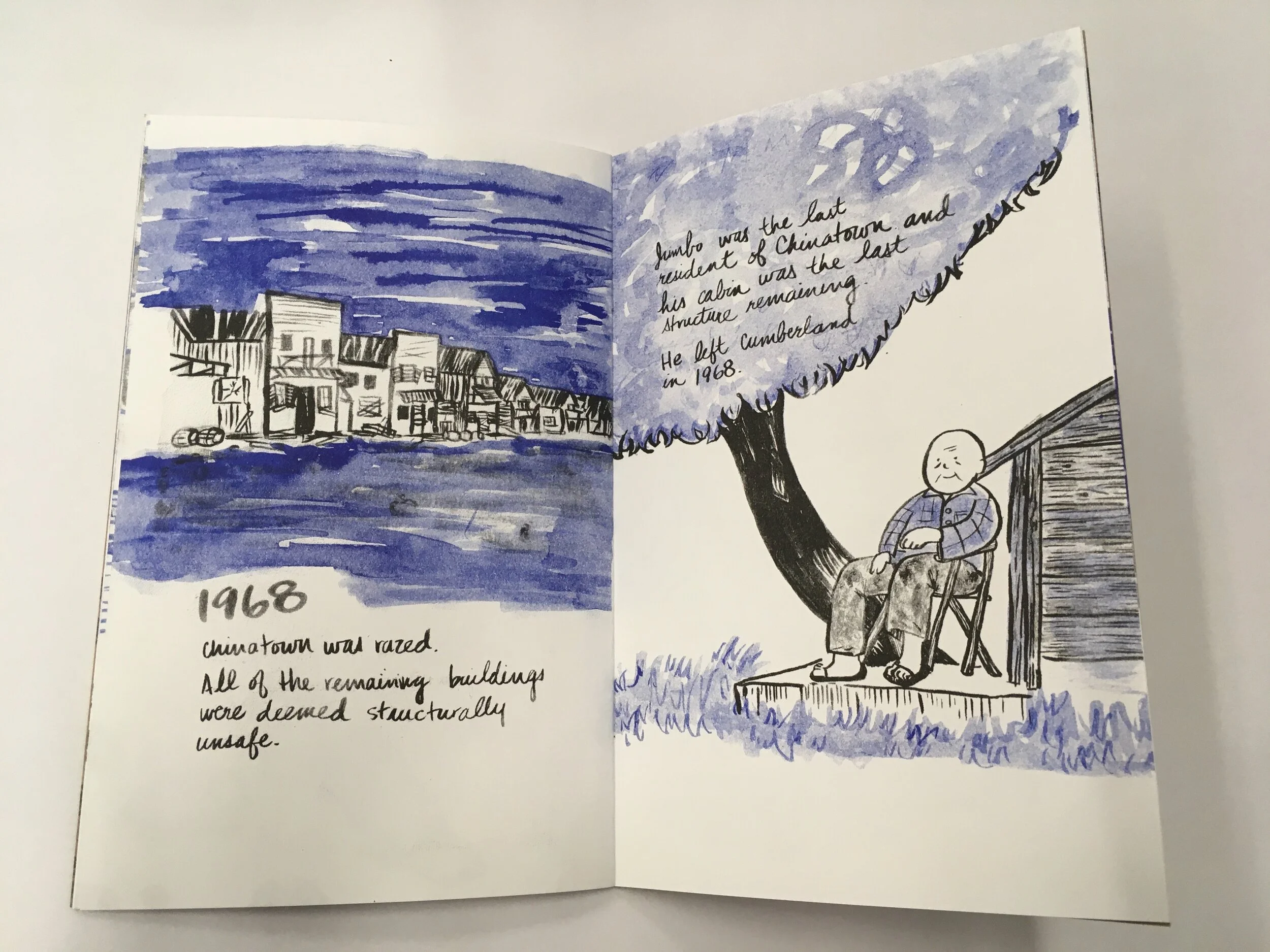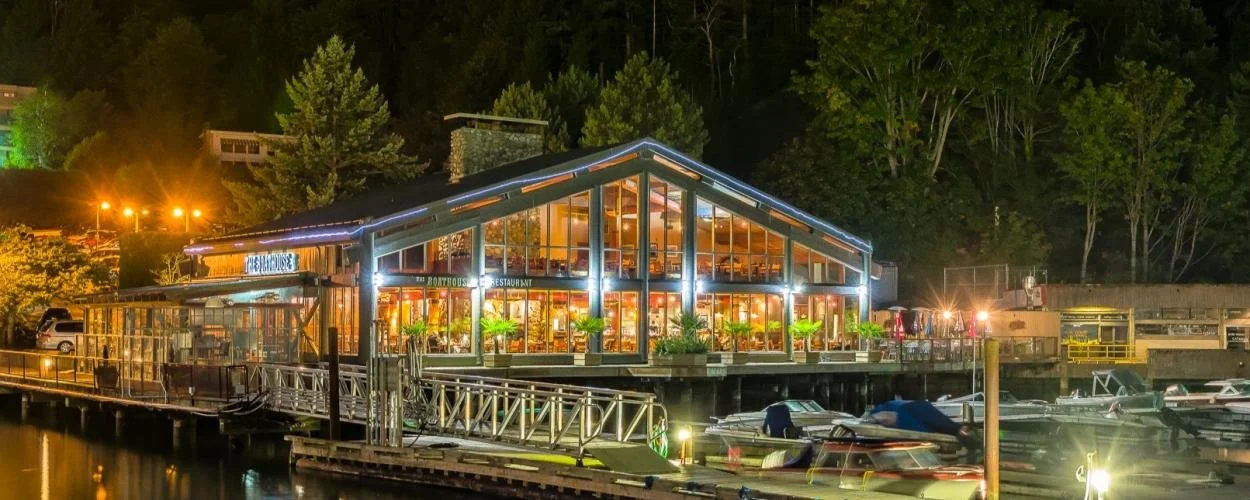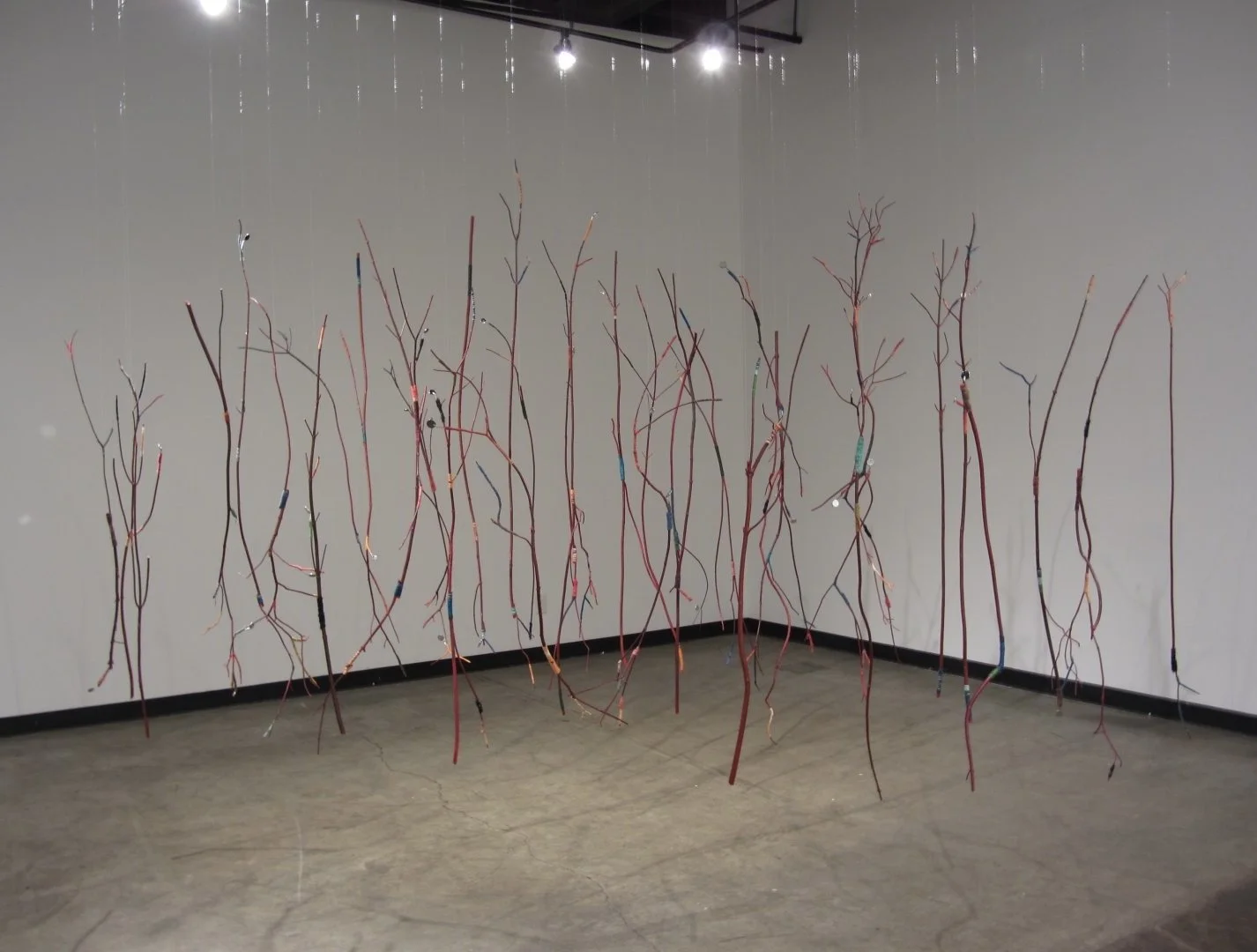Whose Chinatown? creates an art history with a spirit of activism and advocacy
Guest curator Karen Tam develops ambitious exhibition for Griffin Art Projects
Yucho Chow’s 1939 photograph of Ching Won Musical Society is part of Whose Chinatown? Examining Chinatown Gazes in Art, Archives and Collections curated by Karen Tam at Griffin Art Projects,
Whose Chinatown? Examining Chinatown Gazes in Art, Archives, and Collections is at North Vancouver’s Griffin Art Projects from January 23 to April 24.
KAREN TAM’S SECOND home while she was growing up in Montreal was the Chinese restaurant her parents ran in the city’s east end. Originally from China, her mom and dad operated Restaurant Aux Sept Bonheurs from the late 1970s until they sold it in 2004. For her Master of Fine Arts thesis exhibition at the School of the Art Institute of Chicago, Tam documented memories of that environment through photos, drawings, videos, and keepsakes. The idea took on a life of its own.
Tam went on to interview owners of Chinese-Canadian restaurants and cafes across Canada about their experiences. Using found, fabricated, and borrowed items—think vintage menus, tables, chairs, placemats, lanterns, match covers, knick-knacks, dishware, and more—she re-created such dining establishments for various exhibitions nationwide. With a PhD in Cultural Studies from Goldsmiths (University of London) who has sculpted realistic jade ornaments out of soap and crafted porcelain of papier-mâché, Tam expanded her portfolio to include karaoke lounges, opium dens, curio shops, and other “ethnic” spaces. Incorporating archival research, she has exhibited work and participated in residencies throughout North America, Europe, and China.
Now, Tam is curating Whose Chinatown? Examining Chinatown Gazes in Art, Archives, and Collections, an ambitious new group exhibition for Griffin Art Projects in North Vancouver from January 23 to April 24.
The show has been building in Tam’s mind for several years. A throughline of her work has been the juxtaposition of western fascination with the East and anti-Chinese racism—something that goes back to the days of the Silk Road and that’s just as prevalent today, with the pandemic giving rise to discrimination against Chinese people. Whose Chinatown? builds on that theme through Tam’s interest in the lack of Chinese representation in Canadian art history.
“I’ve been looking at different aspects of Chinese-Canadian history might have been overlooked, or hidden,” Tam tells Stir. An example of how this fascination has manifested in her art is With wings like clouds hung from the sky, a 2017 installation at the Art Gallery of Greater Victoria where she re-imagined the studio of Lee Nam, a Chinese immigrant to B.C. and a friend of Emily Carr in the 1930s. The exhibition included some of Carr’s paintings as well as a sketch attributed to both Nam and Carr. An influential artist in his own right, most people only know of Nam through her journals.
“That started me to think about who gets to be included or excluded from Canadian art history,” Tam says. For a subsequent exhibition at the Richmond Art Gallery, Tam reached out to local ink brush practitioners, masters of the ancient form, who have established their own thriving community, with painting clubs and exhibitions. She included some of their works in that show, alongside her re-creation of Nam’s painting studio, shedding light on immigrant artistic experience in Canada. She wanted to “make a small contribution to the formation of, or adding to, the art history of Chinese Canadians”, she says.
Stephanie Chong and Bryce Quan, still from In Chinatown (2018),, and three-episode documentary series.
Last year, Tam explains, she did a solo exhibition called the chrysanthemum has opened twelve times for Toronto’s Koffler Gallery, in which she reimagined the studios of early Chinese Canadian photographers. Using found and fabricated objects, archival images, and 1940s vinyl recordings of Cantonese opera, the project touched on displacement, cultural erasure, and longing. A photo of her great-grandfather, who left Toishan for San Francisco in the early 1900s, sparked the idea; she was also inspired by 2019’s Chinatown Through a Wide Lens: The Hidden Photographs of Yucho Chow at Vancouver’s Chinese Cultural Centre. Curated by Catherine Clement, it was the first solo retrospective exhibition of Chow, the historic neighbourhood’s first Chinese photographer.
“When I was invited by Griffin Art Projects to participate in a curatorial residency,” Tam says, “I think all these things were in my head, along with the pandemic and the related rise in anti-Asian attacks. It all came together for me and got me thinking about whose Chinatown?—a discussion of how Chinatowns across Canada have been represented, how are they discussed, and dangers that they face over decades gentrification and development….As I was doing my research, I was trying to find images of Chinatowns made by Chinese artists in historical archives and collections, and really realized there should be more work done to get this work out.”
Whose Chinatown? features historical and contemporary paintings, drawings, videos, sculptures, photographs, architectural blueprints, and more by Asian and non-Asian artists from throughout Canada, all forming an art history of Chinatown neighbourhoods and their residents. The show explores colonial ideas that have contributed to existing narratives surrounding the idea of Chinatowns. It also opens conversations around how art can change perceptions of Chinatowns and also influence the neighbourhoods’ future planning.
Marlene Yuen, Jumbo's Cabin (2018), risograph printed book.
The exhibition’s contributing artists and organizations are Aiya 哎呀, Unity Bainbridge, Eugene Bond, Marik Boudeau, Paul Caron, Emily Carr, Stephanie Chong and Bryce Quan, W.H. Chow, Yucho Chow, Friends of Chinatown Toronto, Suzanne Girard, Yong Fei Guan, Fred Herzog, John Y. Johnstone, Ding Bong Leong, Fo Lim, Morris Lum, J. Glanville Price, Herbert Raine, Philip Thomas Timms, C.B. Wand, Anna Wong, Mary Sui Yee Wong, Paul Wong, Jim Wong-Chu, Paul Yee, Marlene Yuen, and Linda Zhang.
Tam created a piece in the form of a decorative element: wallpaper on one of the space’s walls featuring drawings of “ruinscapes”—various Chinatowns that have disappeared or been destroyed, like the San Francisco Chinatown after the 1906 earthquake and Nanaimo’s Chinatown, ravaged decades ago by fire. Mixed in are news stories of specific acts of racism such as the racially motivated attack on a 92-year-old Chinese gentleman with dementia in Vancouver last year by a man shouting slurs related to COVID-19.
The works share a spirit of activism and advocacy surrounding cultural community and place.
“A lot of the artists are very active in their communities,” Tam says. “Whose Chinatown? also asks people to think about the way they can support the Chinatown in their own city and looks at how art can change public discourse.”
Accompanying the exhibition are numerous public programs that will take place online. They include a curator’s tour; talks with Canadian collectors; Q&A sessions with filmmakers; collaborative panels; and more.
For more information, visit Griffin Art Projects. Admission to the gallery is free.
Marik Boudreau, Rue de Lagauchetière (1976), photograph.

















